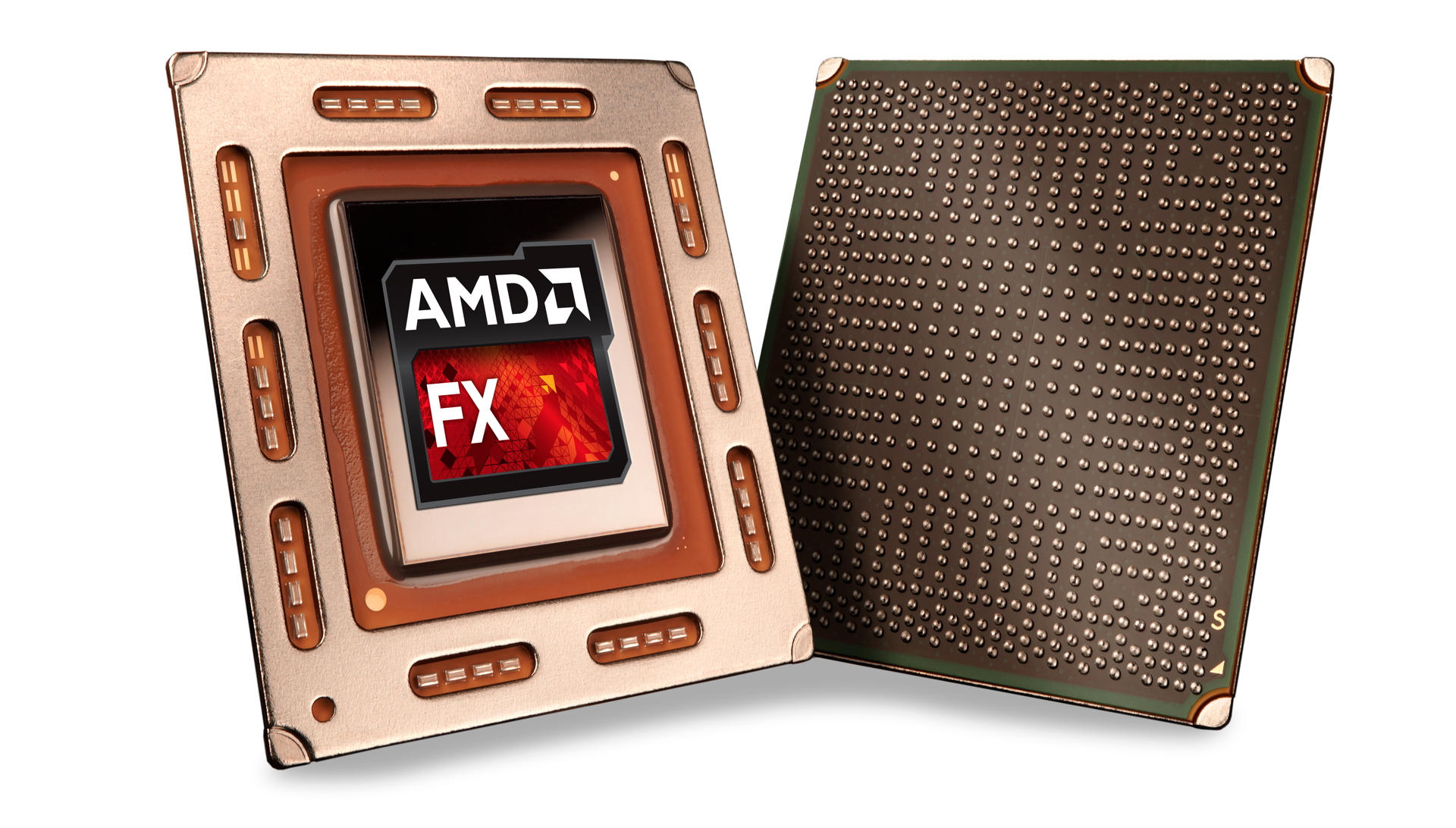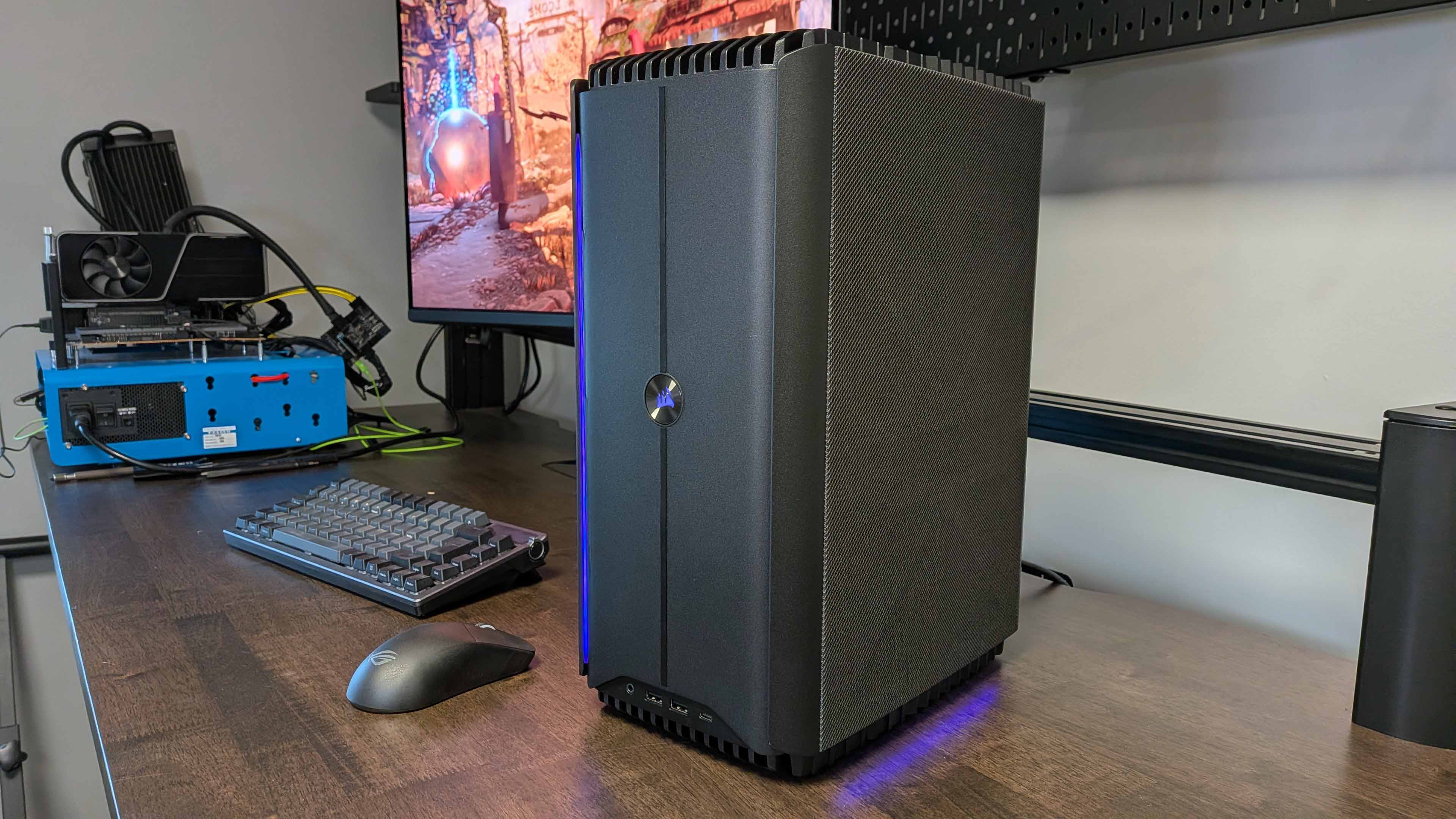AMD's next-gen APU delayed - rumour

There's an unconfirmed rumour that AMD's next best-ever APU, code-named Kaveri, has been delayed again. Previously, it was touted for a release early next year, which then reportedly slipped to later in 2013 - now it's claimed that the launch of the next-gen chip is being put back to 2014.
Notoriously reliable (wink) SemiAccurate is reporting insider claims that AMD is rejigging the Kaveri chips so that they are more competitive with the upcoming Haswell chips from Intel. Haswell is the architectural successor to the phenomenally successful Ivy Bridge CPUs, with the big change coming in the graphics performance of the next-gen chip.
I chatted with the graphics guys at Intel back in September and they were claiming as much as a 2x improvement in gaming performance from the new GT3 graphics components of Haswell compared with the HD4000 GPU parts. That or the same performance with half the power requirements. Either way you look at it that's impressive. And, if these reports have even a single grain of truth to them, it looks like AMD agrees.
The Kaveri APU is set to include the next update to AMD's CPU architecture, code-named Steamroller. That is meant to update the Bulldozer modules so that each is even more akin to a full dual-core CPU, with far improved single-threaded performance on offer - exactly what is needed to up the AMD CPU's gaming performance.
Kaveri is also set to be the first APU to house its latest Graphics Core Next GPU architecture. The recently released Trinity desktop APUs are still running on the last-gen graphics tech used in the HD 6000 series.
As ever, such rumours have to be taken with a hefty dose of sodium chloride, as such a delay would leave AMD without a serious APU release next year. Though with the desktop version of Trinity only just making it out this year, it's not impossible. We'll keep you posted.
Keep up to date with the most important stories and the best deals, as picked by the PC Gamer team.

Dave has been gaming since the days of Zaxxon and Lady Bug on the Colecovision, and code books for the Commodore Vic 20 (Death Race 2000!). He built his first gaming PC at the tender age of 16, and finally finished bug-fixing the Cyrix-based system around a year later. When he dropped it out of the window. He first started writing for Official PlayStation Magazine and Xbox World many decades ago, then moved onto PC Format full-time, then PC Gamer, TechRadar, and T3 among others. Now he's back, writing about the nightmarish graphics card market, CPUs with more cores than sense, gaming laptops hotter than the sun, and SSDs more capacious than a Cybertruck.

